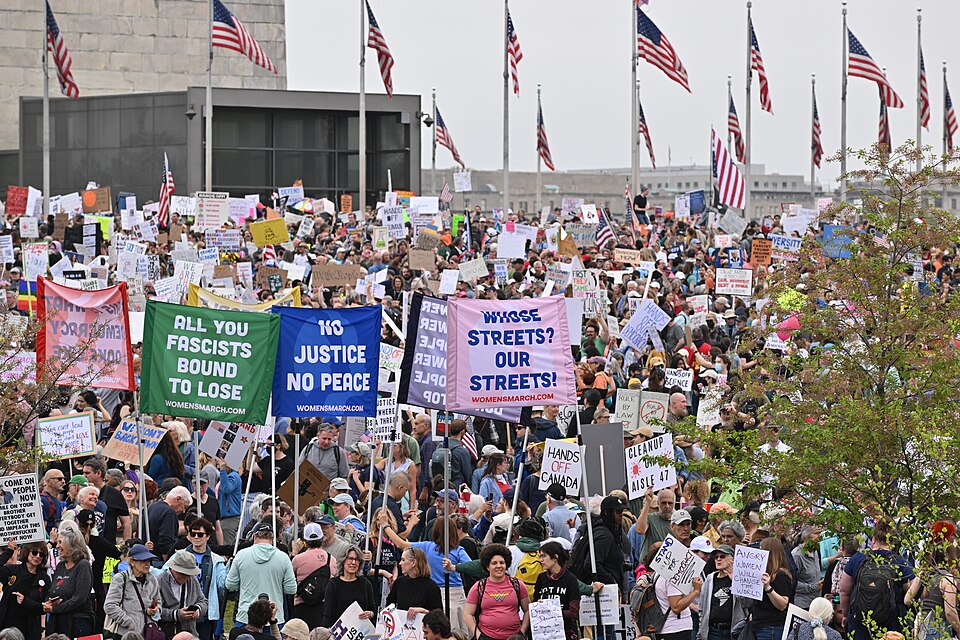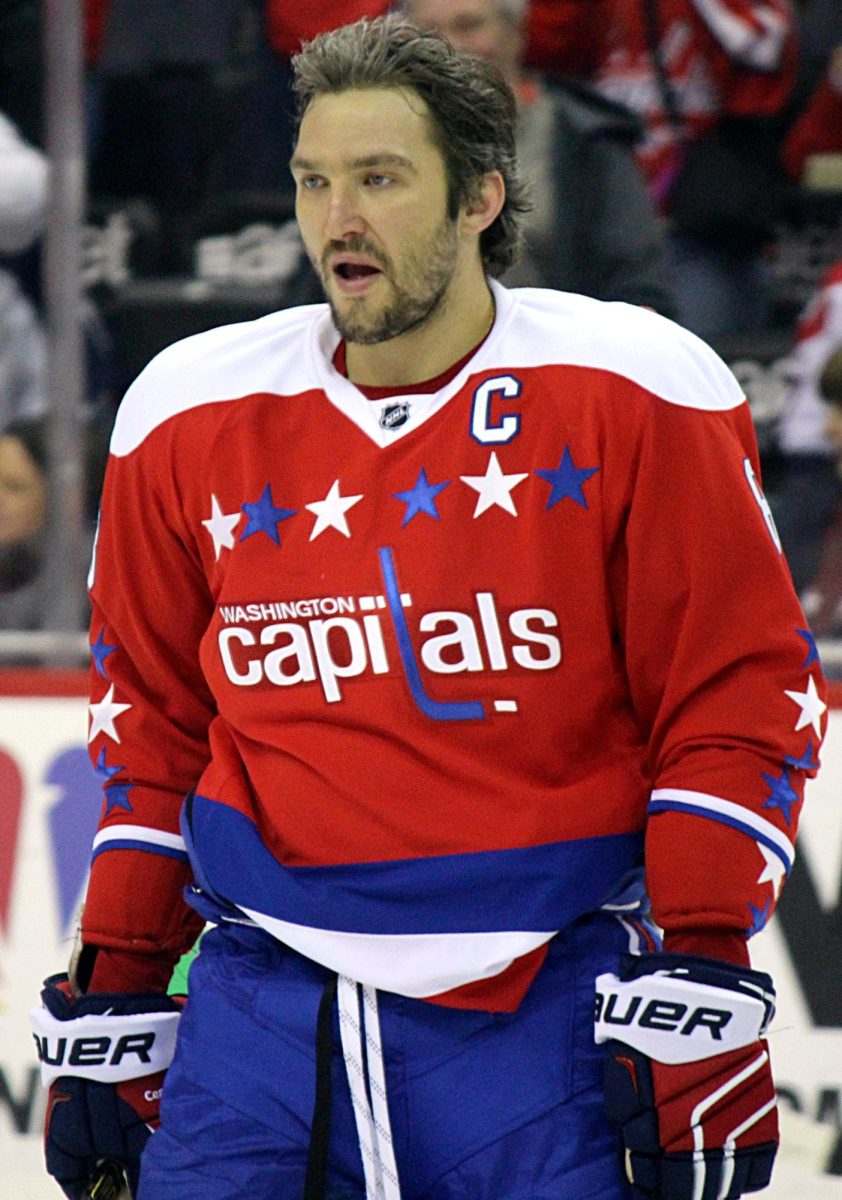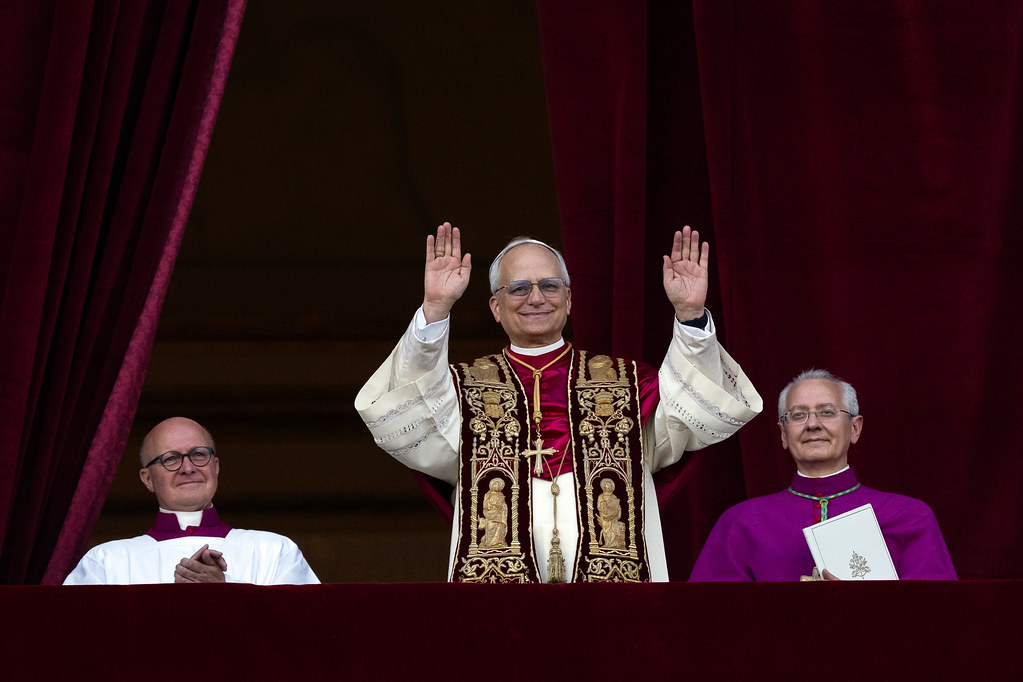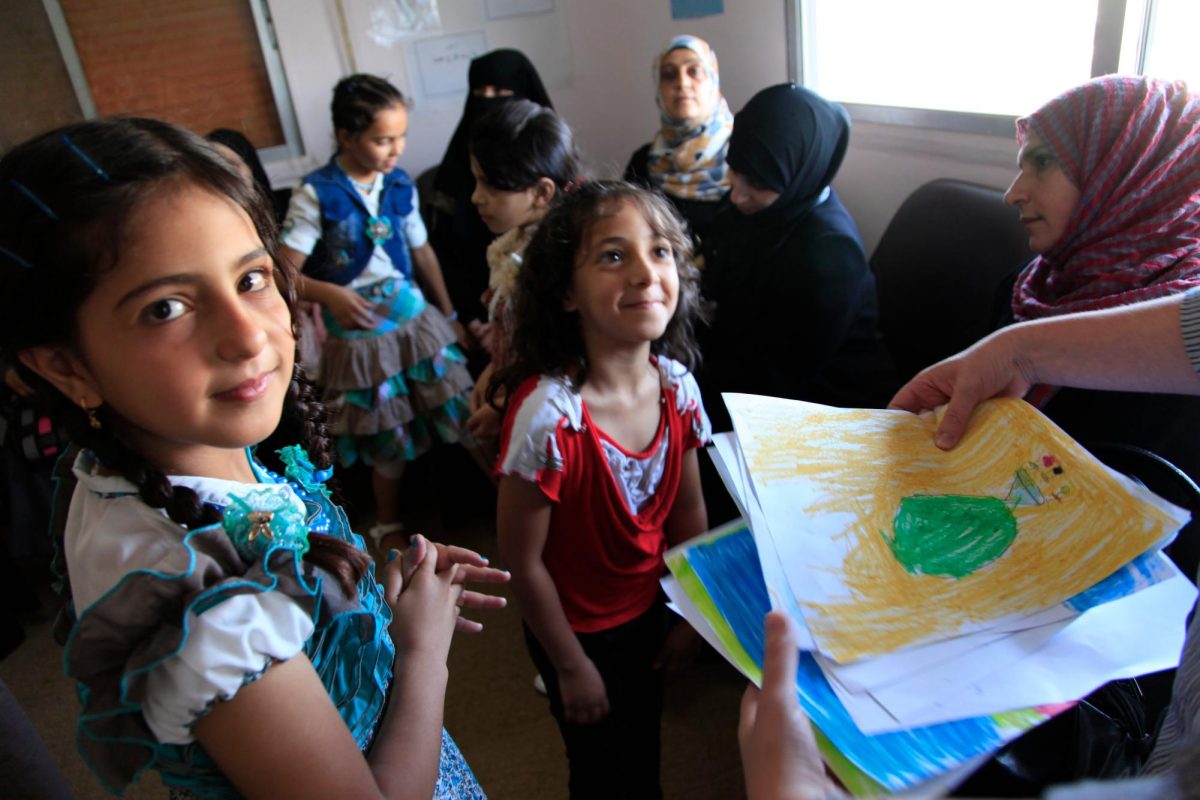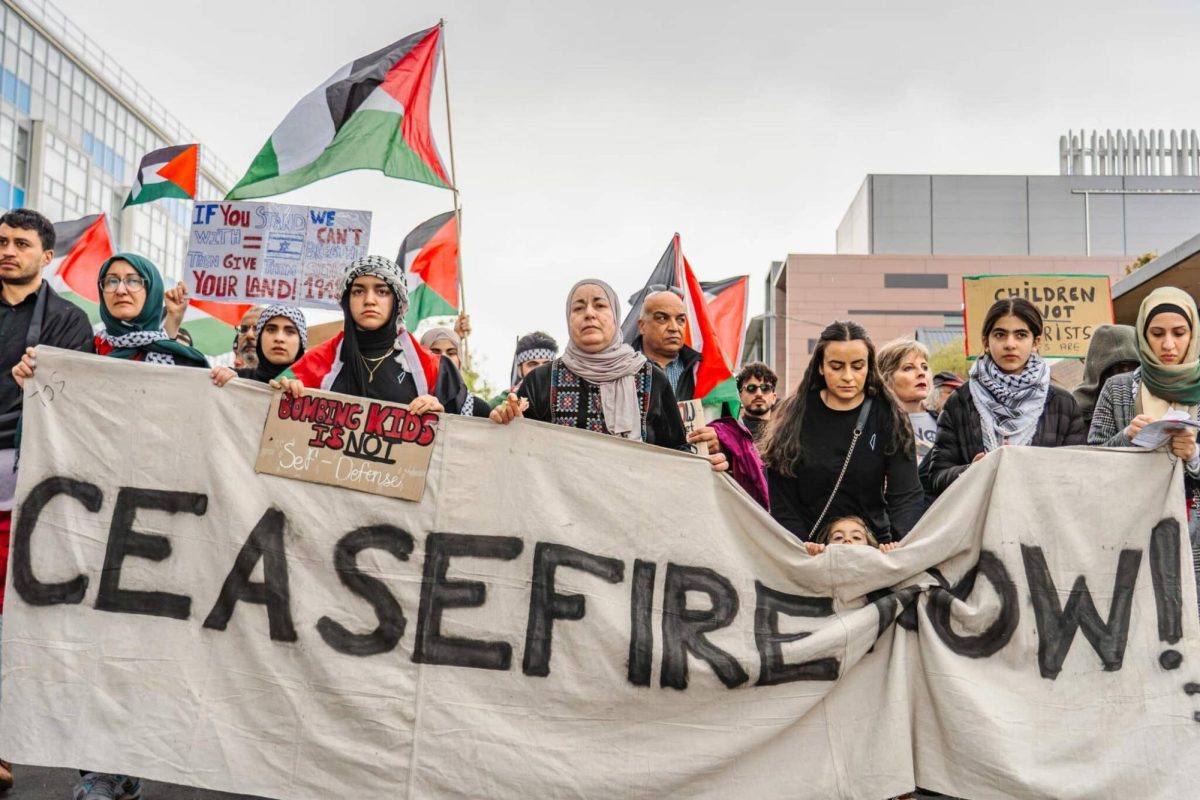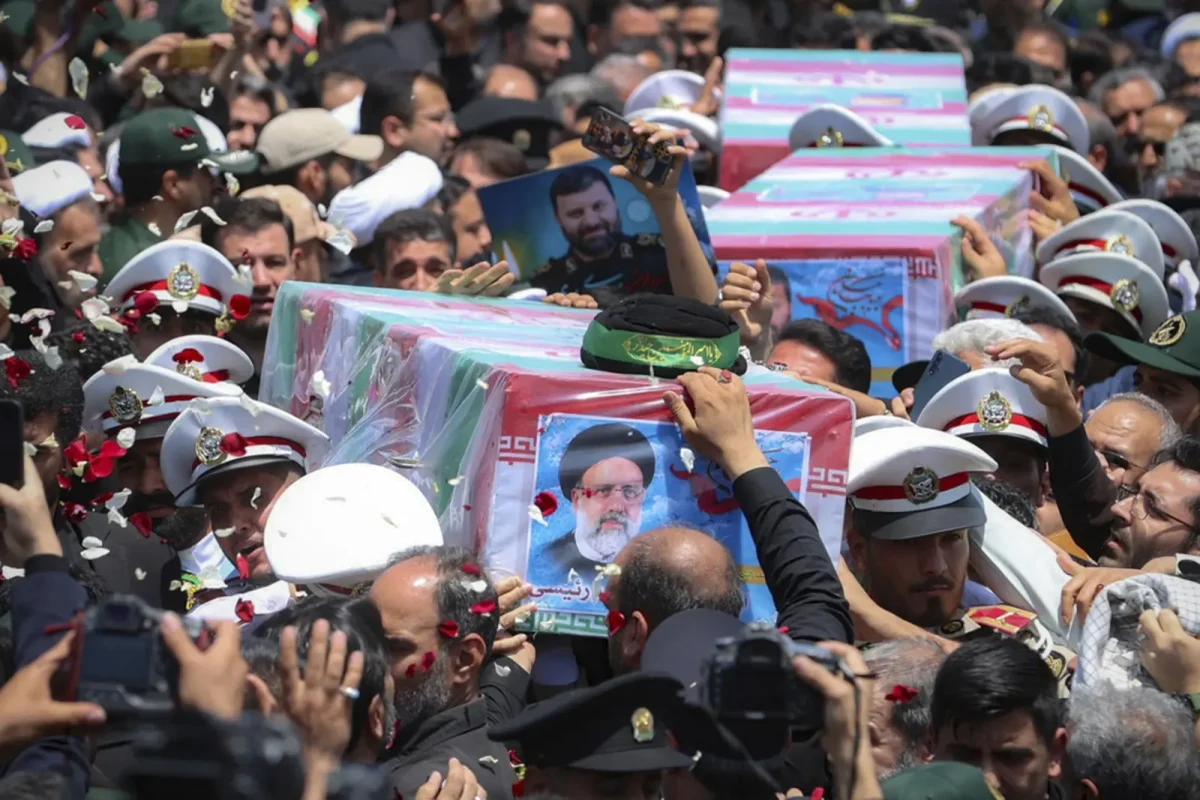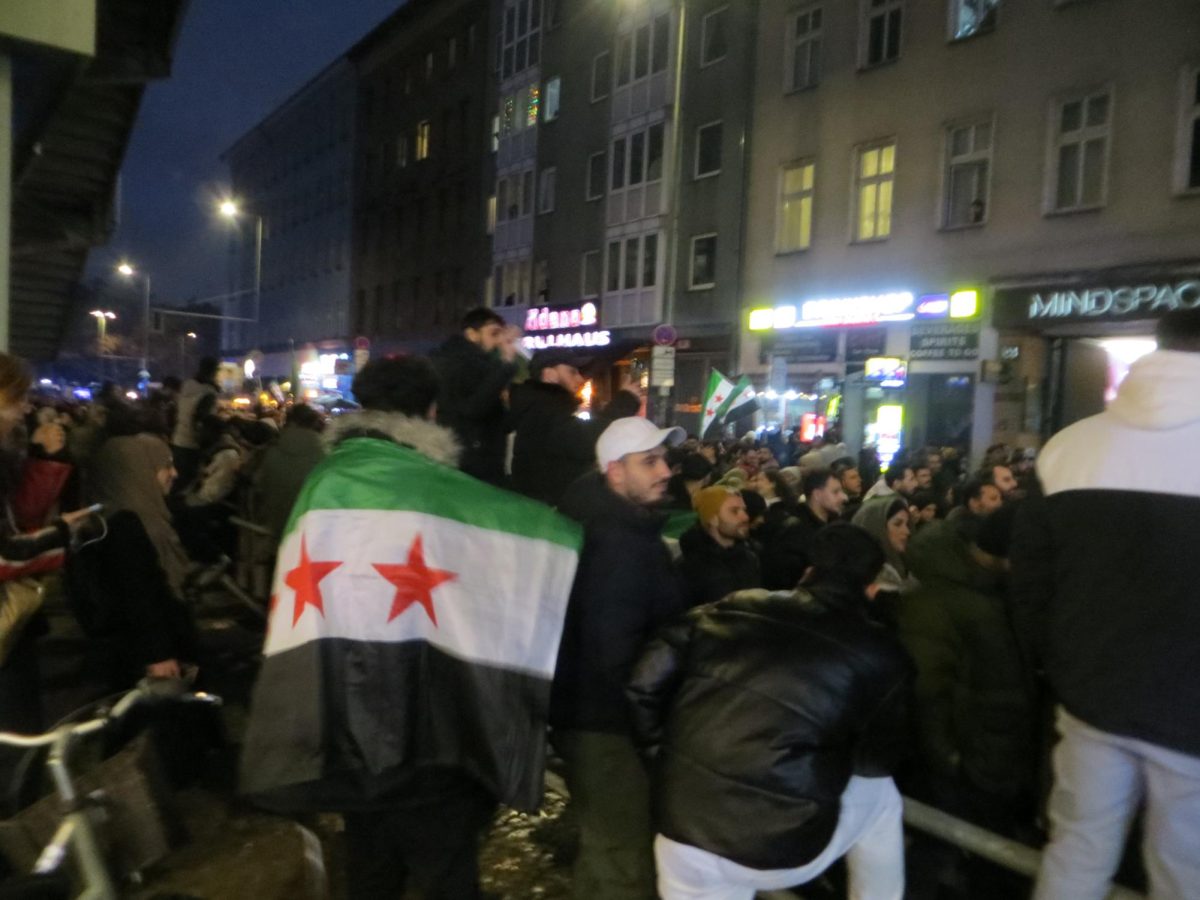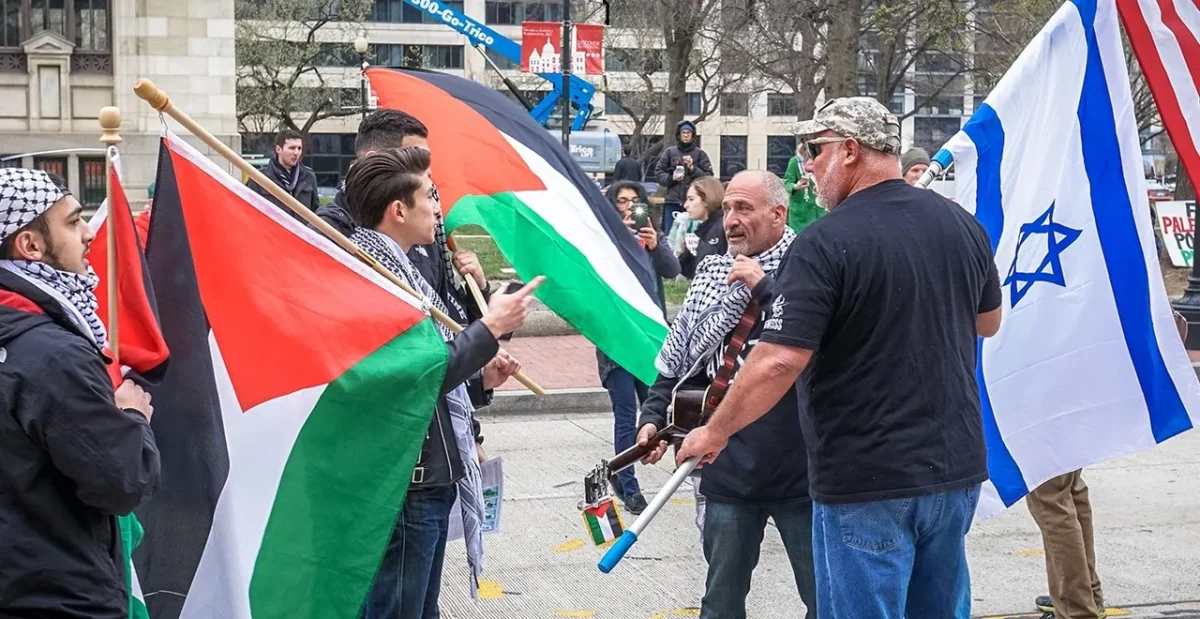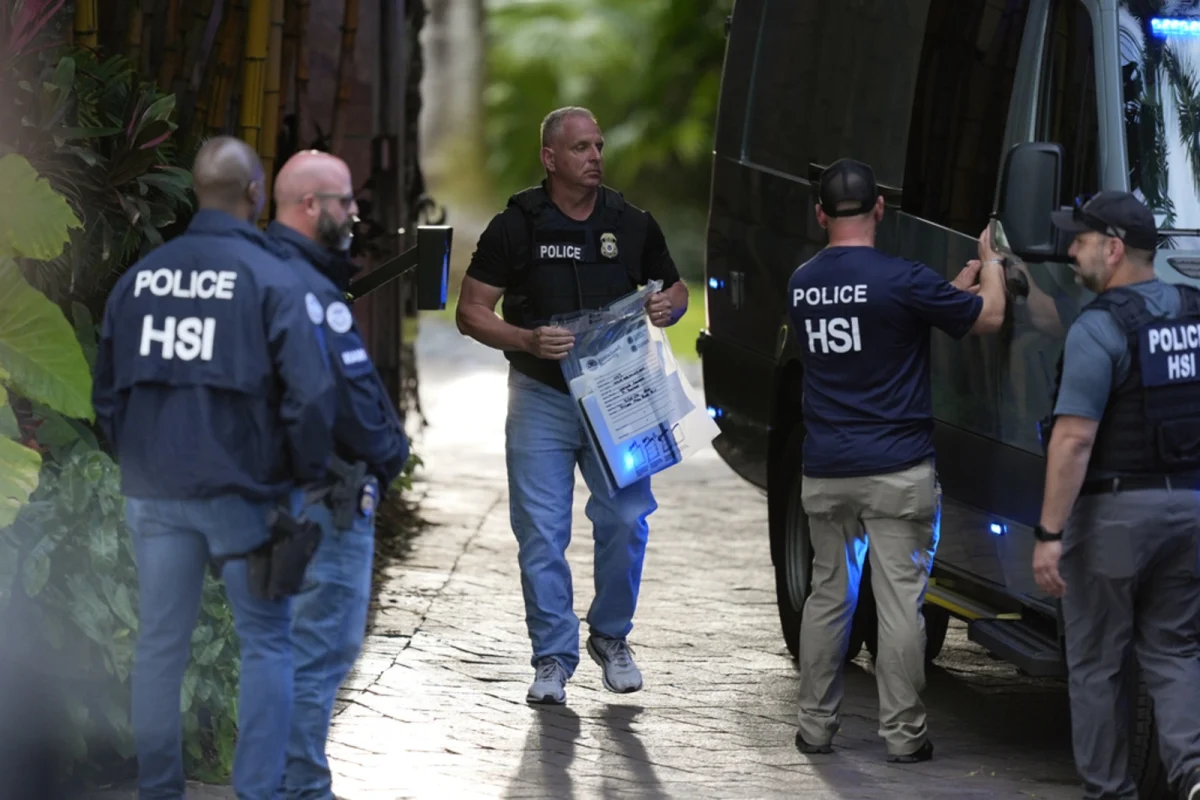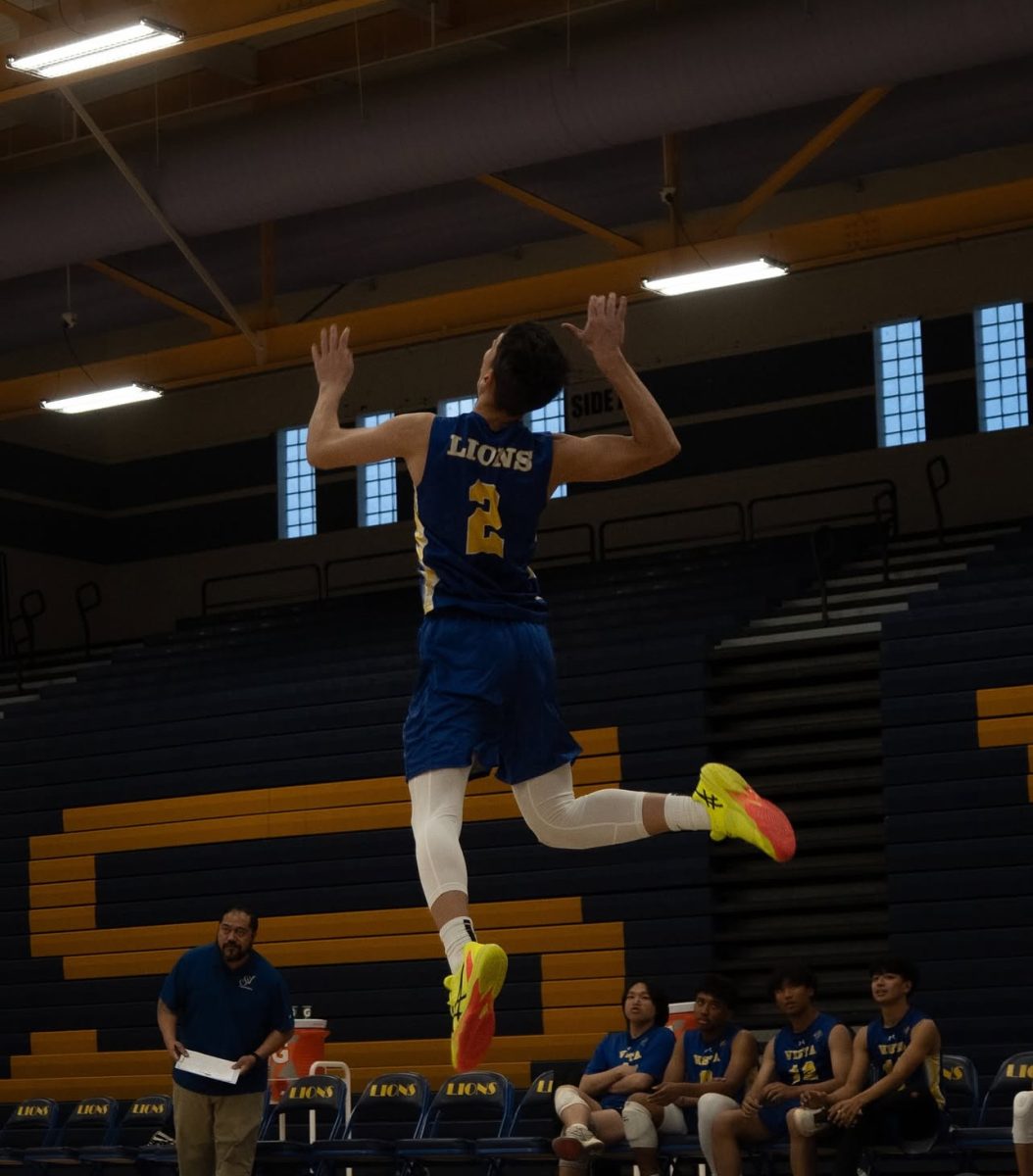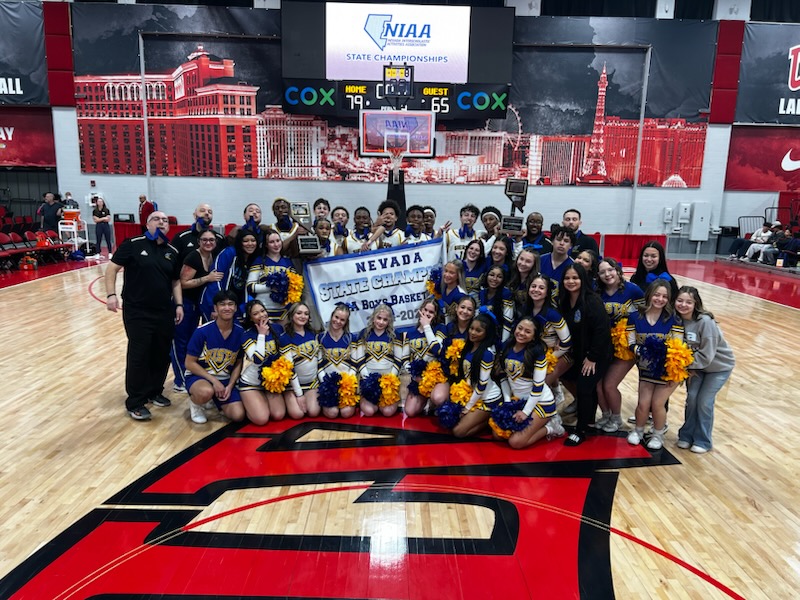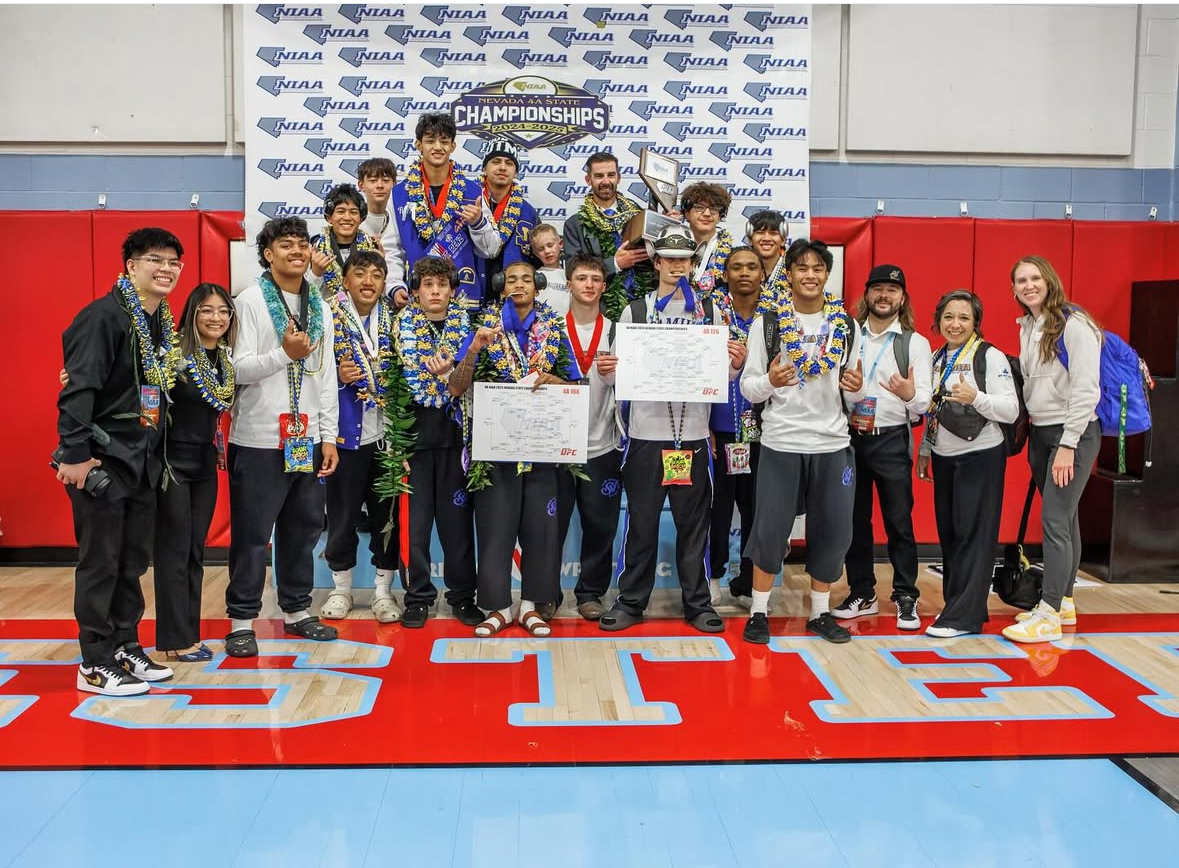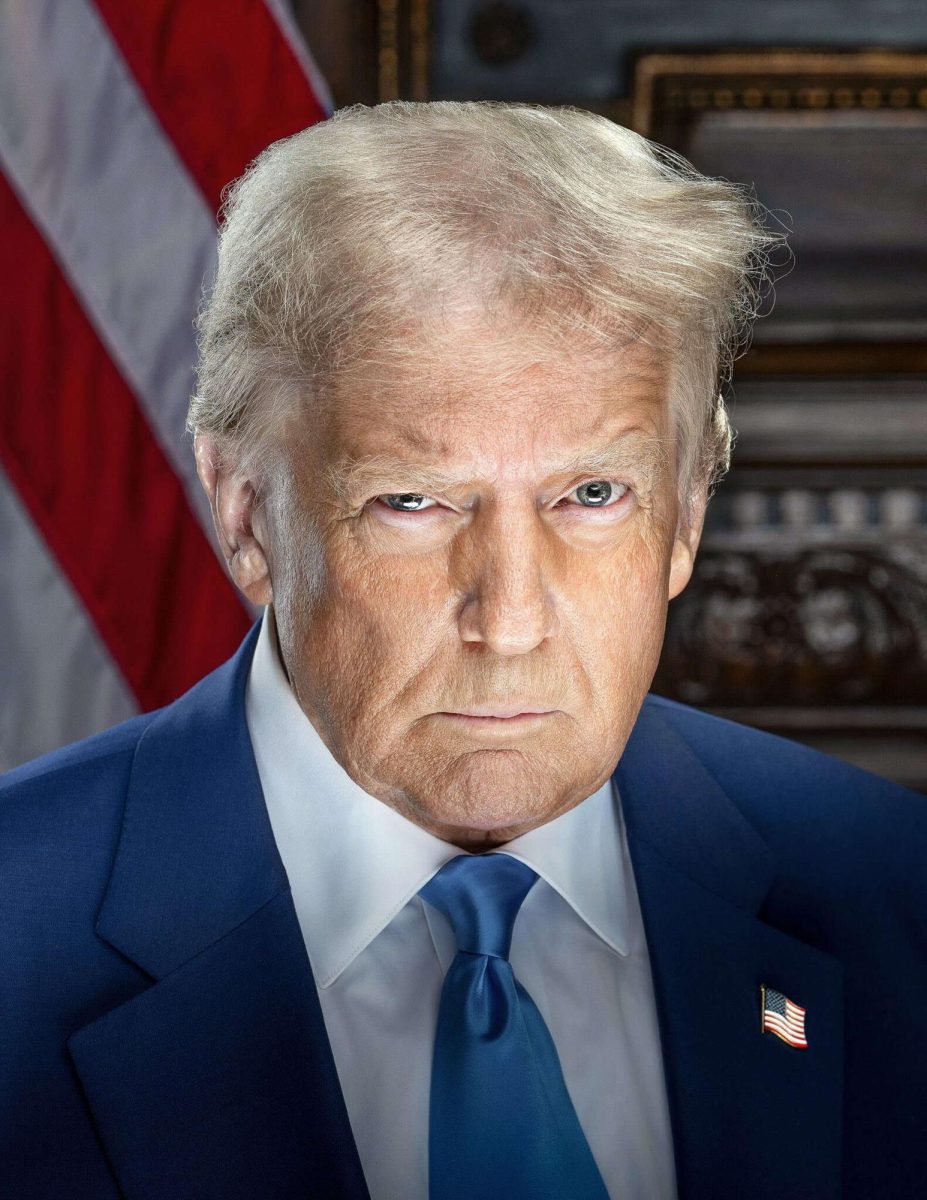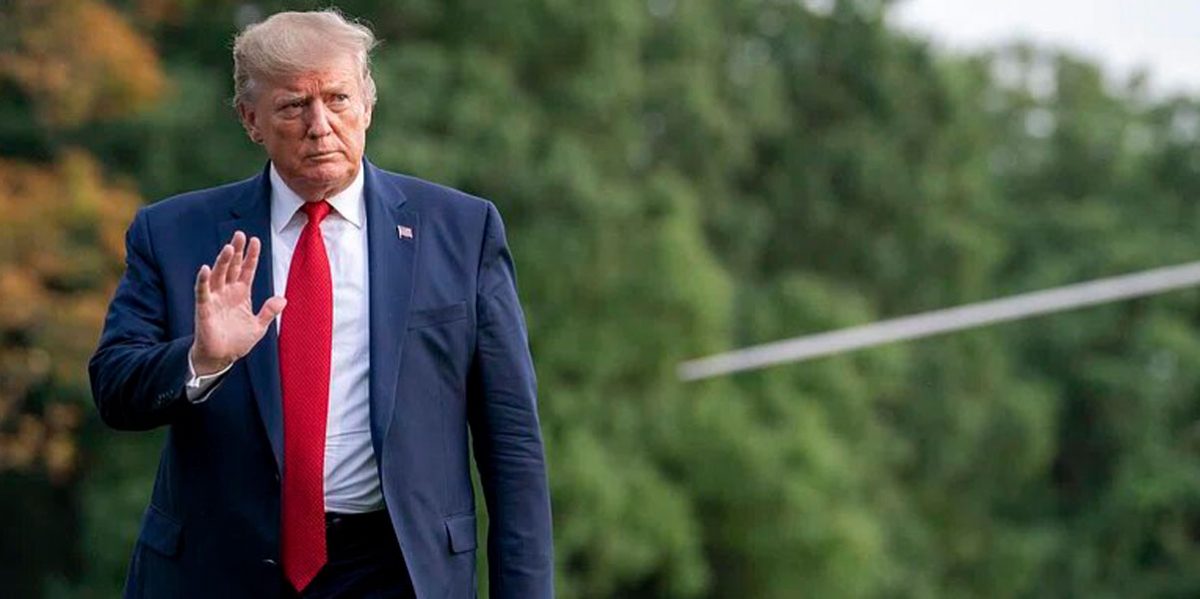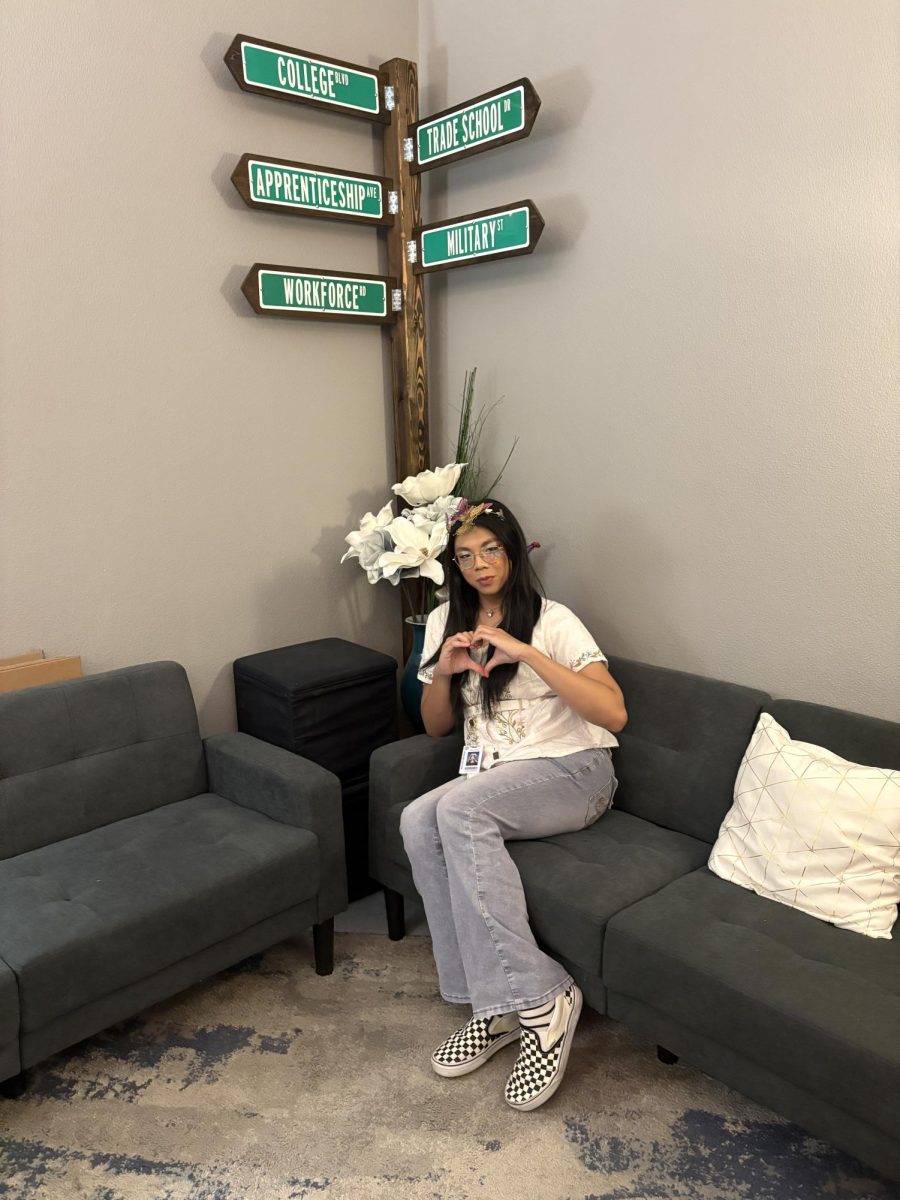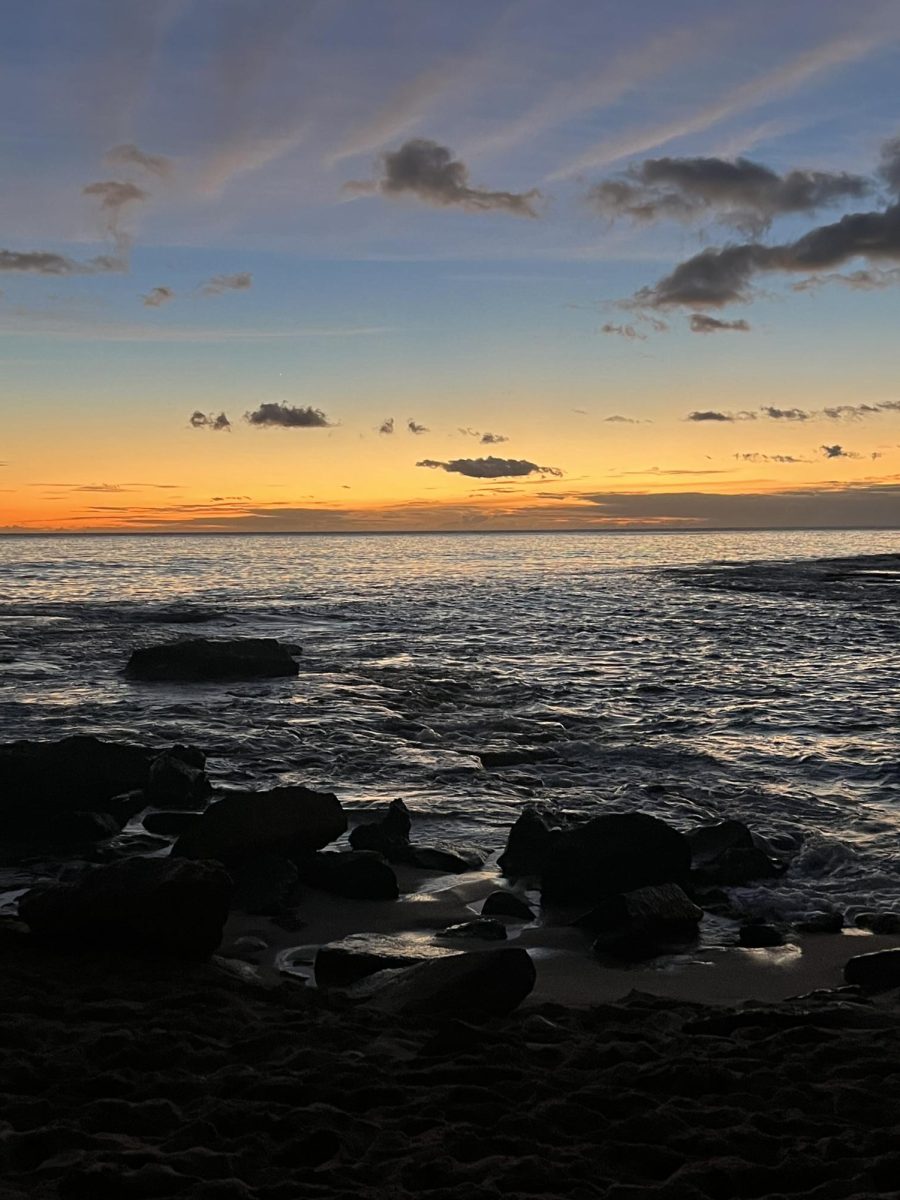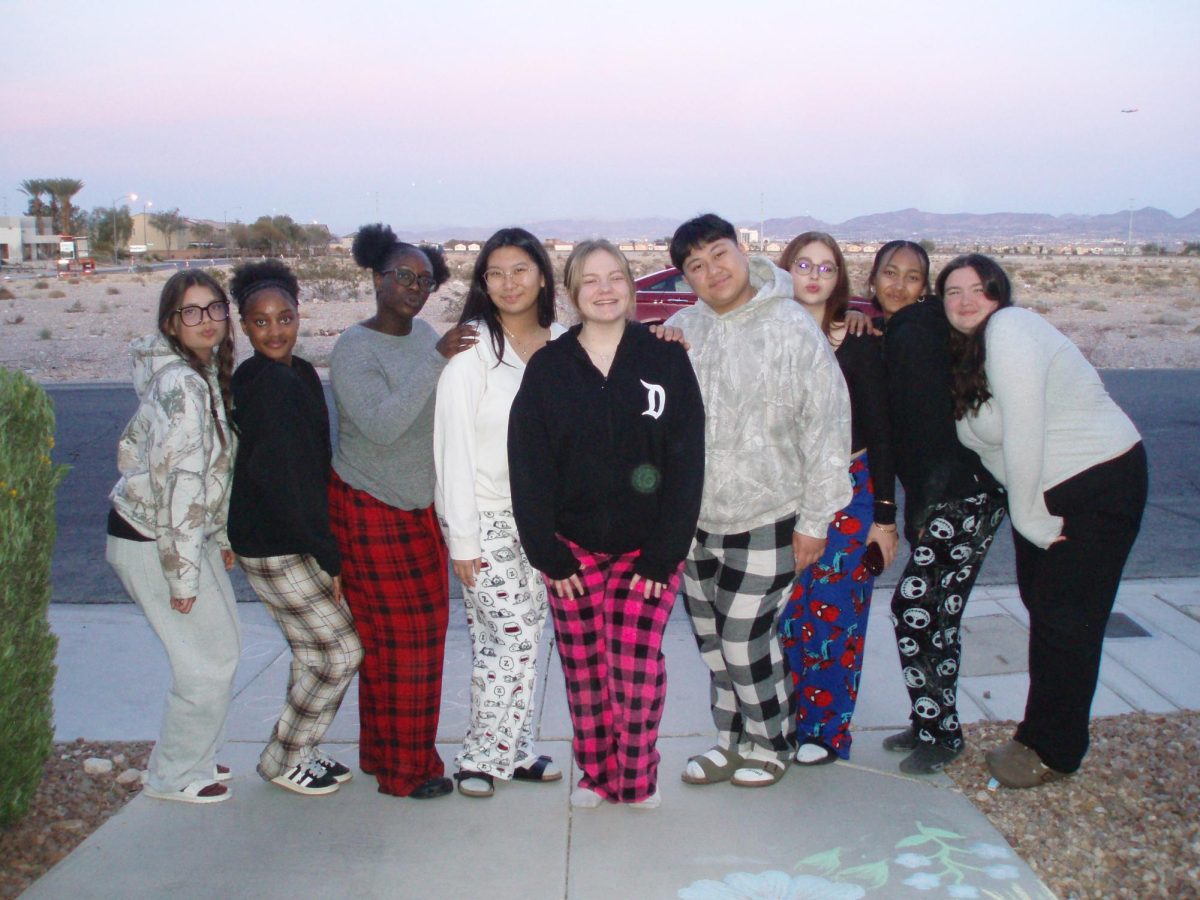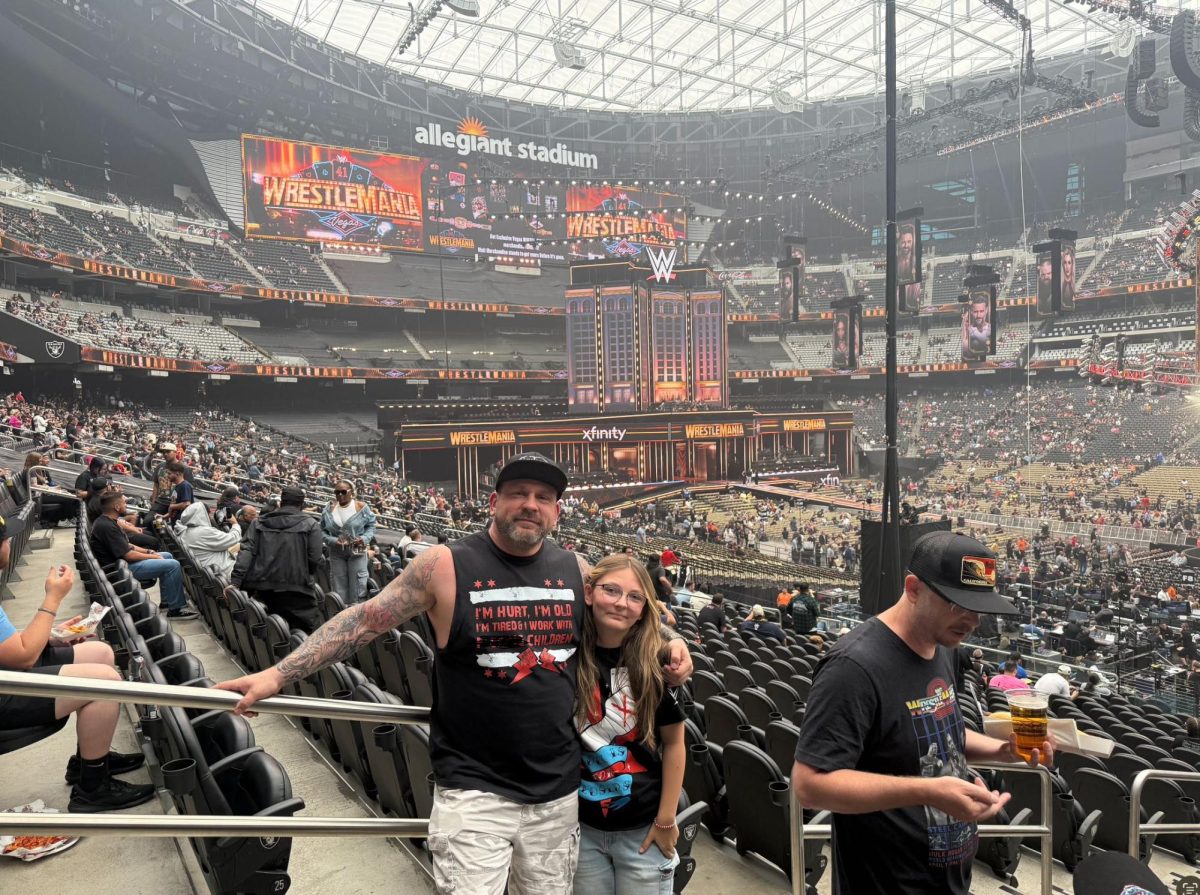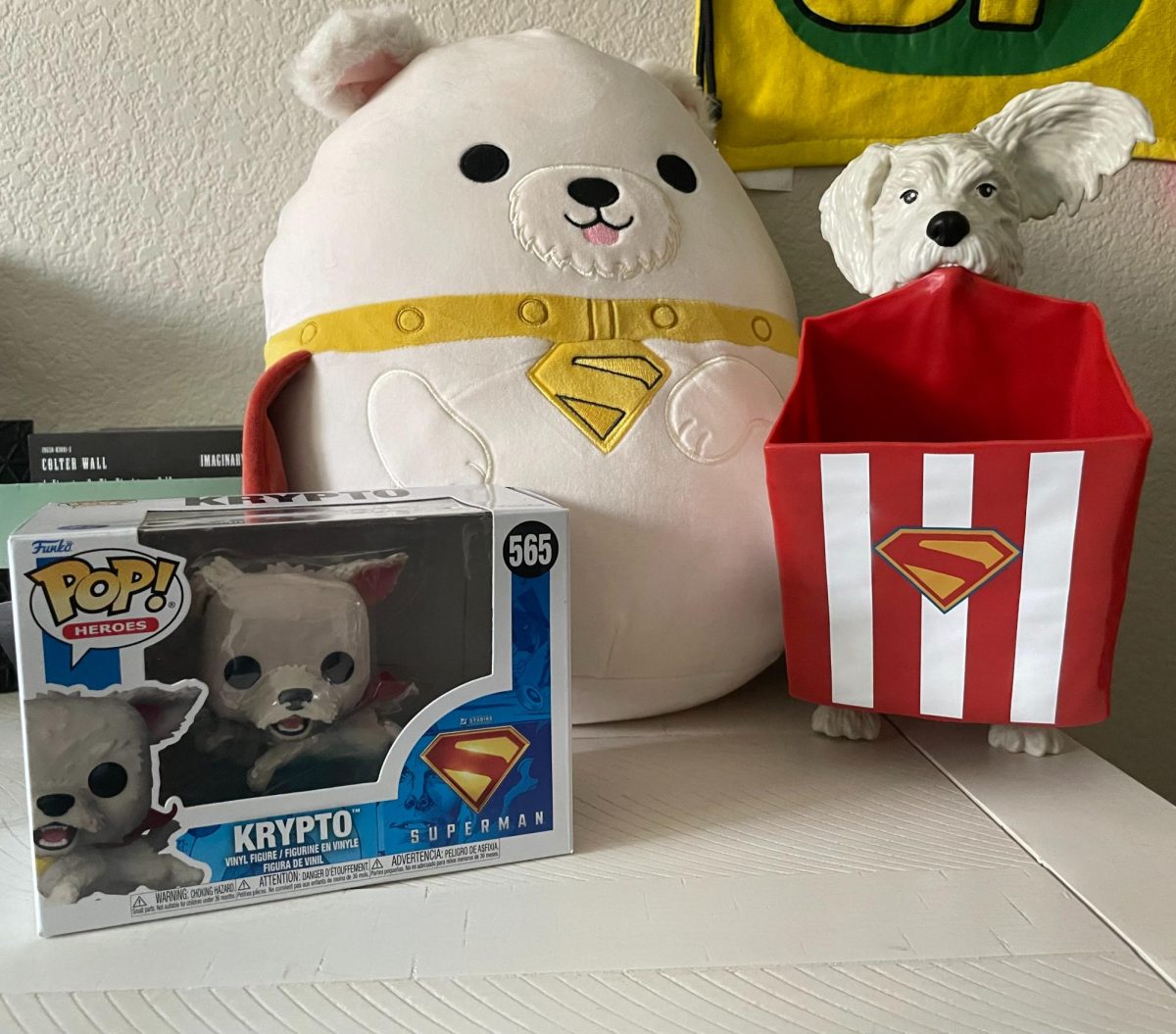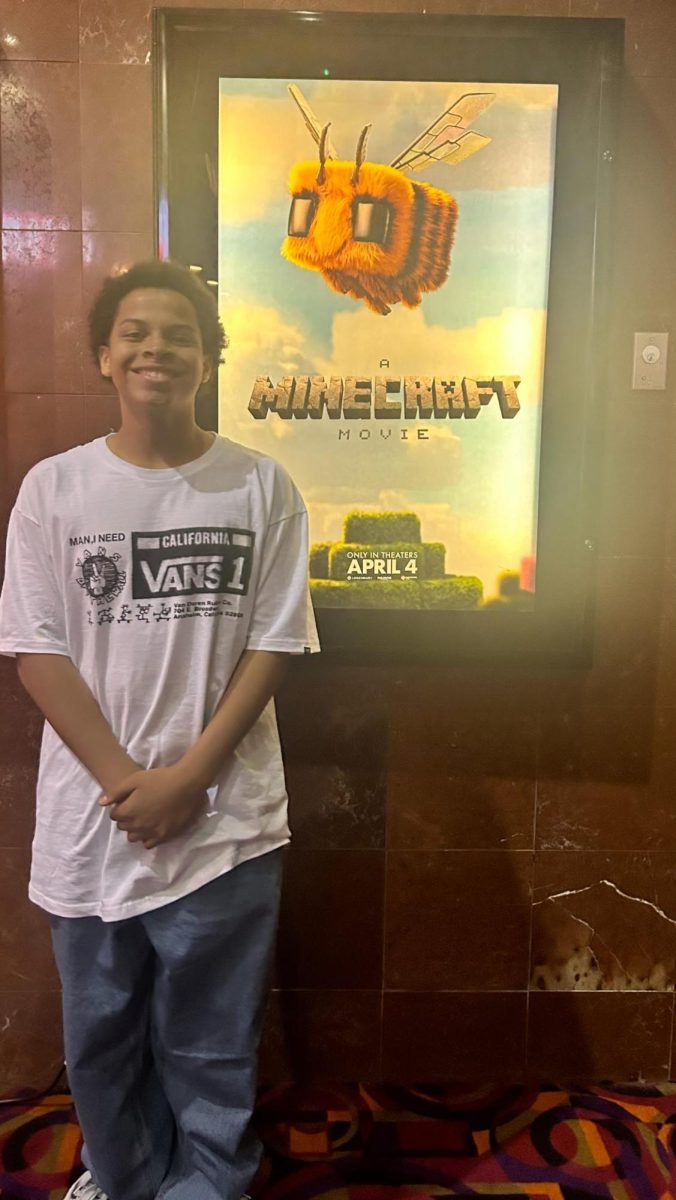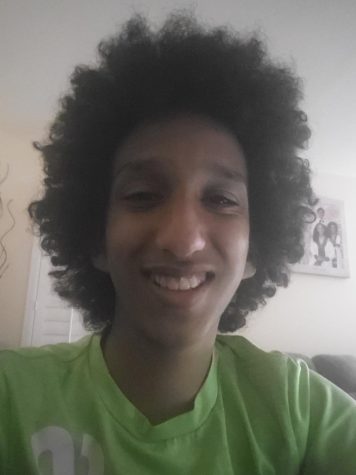On December 8, 2024, Bashar al-Assad and his family’s 54-year rule collapsed to opposition forces. Despite the establishment of a transitional government, various parties continue infighting, namely the American-backed Syrian Democratic Forces (SDF) and Turkish-backed Syrian National Army (SNA) as well as pro-Assad insurgents. Furthermore, Israel invaded the buffer zone between the Golan Heights (the Syrian mountain range occupied by Israel), in an attempt to secure their ambitions in the region.
Hayat Tahrir as-Sham (HTS) currently controls the majority of Syria’s population and was the most responsible for the gains against Assad, however, HTS is split into factions, most notably in the south where there are two subdivisions, the Syrian Free Army (SFA) and Syrian Operations Room (SOR). Although the factions currently align themselves with the HTS, they have other backers and only remain aligned under preconditions. Continued peace between these factions is the HTS’ priority because the SFA and SOR control the North and South of Damascus (Syria’s capital) respectively. Additionally, both factions border Israel and are meant to act as a buffer.
Outside of the HTS, there are two other main contending factions, both based in the north, the Syrian National Army (SNA) and the Syrian Democratic Forces (SDF). The SNA controls the smallest amount of land out of the major factions in Syria yet possesses some of the best weaponry from Turkiye’s backing. Meanwhile, the SDF, backed by the United States, controls the bulk of the northeast. Ironically, the SDF is neither Syrian nor democratic as it has never held elections and is primarily made up of the Kurdish minority group and is viewed as an extension of the PKK, another Kurdish group that opposes Turkiye. Turkiye’s foreign minister Hakan Fidan, who is himself half-Kurdish, announced, “There are three legitimate Kurdish parties that work together in northern Syria, and they have been part of the broader Syrian opposition for a long time. However, any PKK [Kurdistan Workers’ Party] extension in Syria cannot be considered a legitimate party to engage with any talks in Syria,” and closes potential negotiations with, “In short, no, unless they change themselves,” This is why Turkiye continues to push the HTS to combat and weaken the SDF. Much of the land that the SDF controls is not just ethnically Kurdish but also extends out to Arab land, where the SDF frequently cracks down on the local Arab cities and enacts curfews. The HTS seeks to integrate the SDF into the central government and Trump might hasten the process due to “America-first” sentiment and the promise of pulling out worldwide. Without American support, a coalition of the SNA, HTS, and Turkiye could confront the SDF, which would incapacitate the Kurdish rebels – unless they agree to distance themselves from the PKK and integrate their troops into the federal army. If the PKK offshoot continues to defy the Syrian transitional government, the Syrian coalition will dismantle the SDF, and the Kurdish minority will lose its representation, hence, both groups need to negotiate and create a lasting peace settlement for their best interests.
